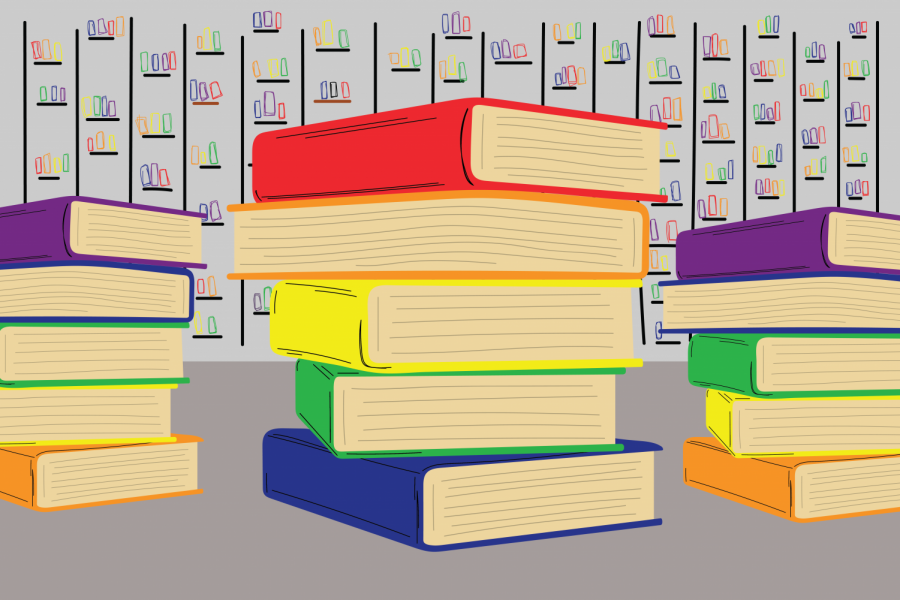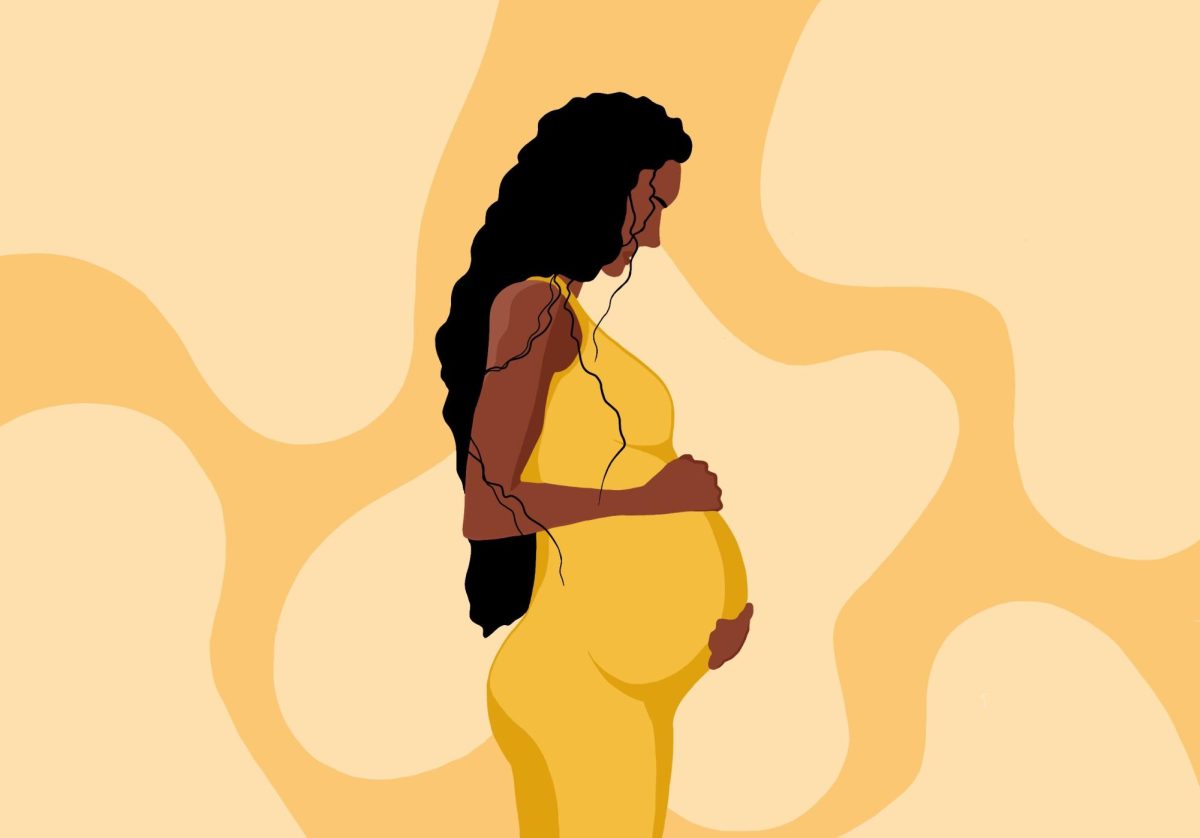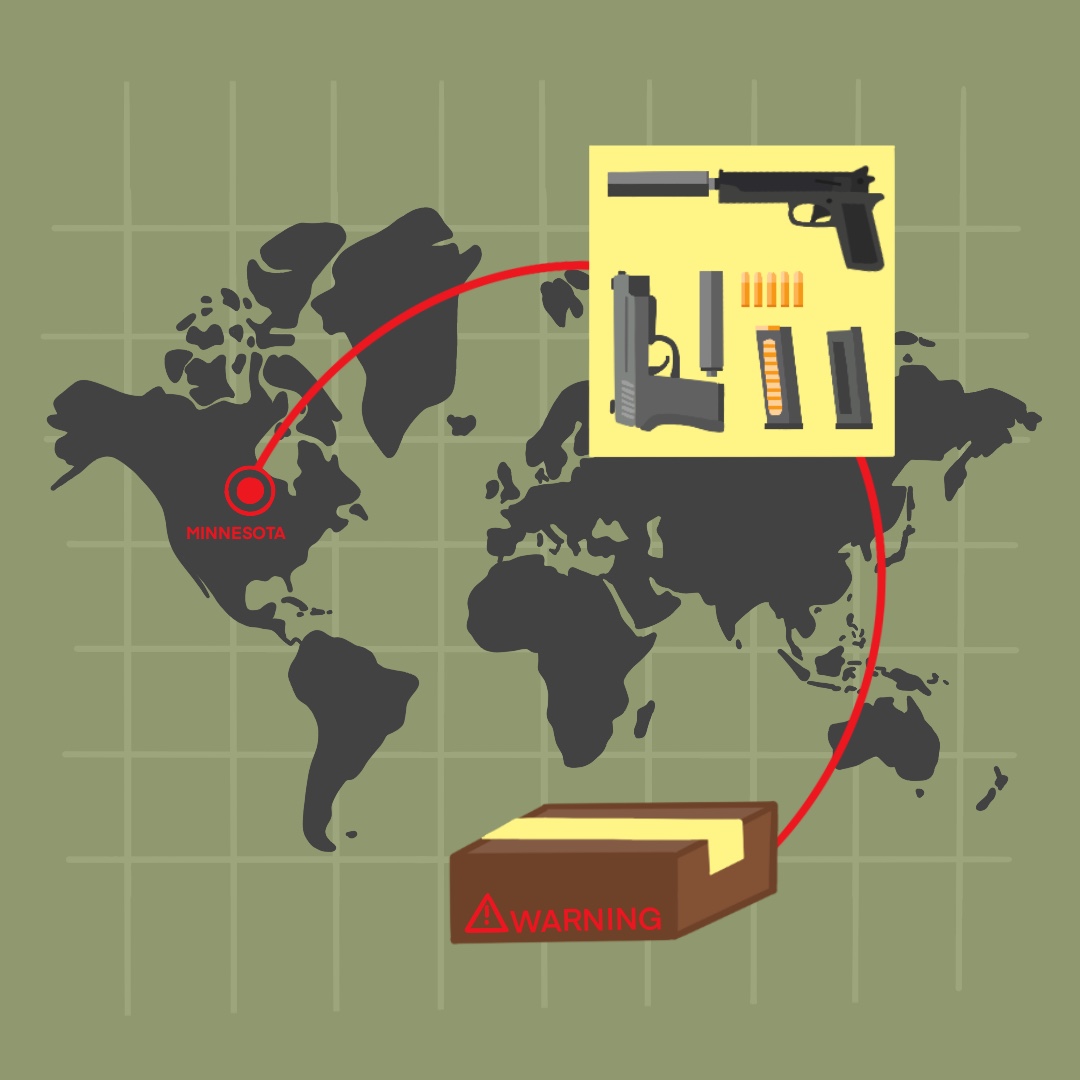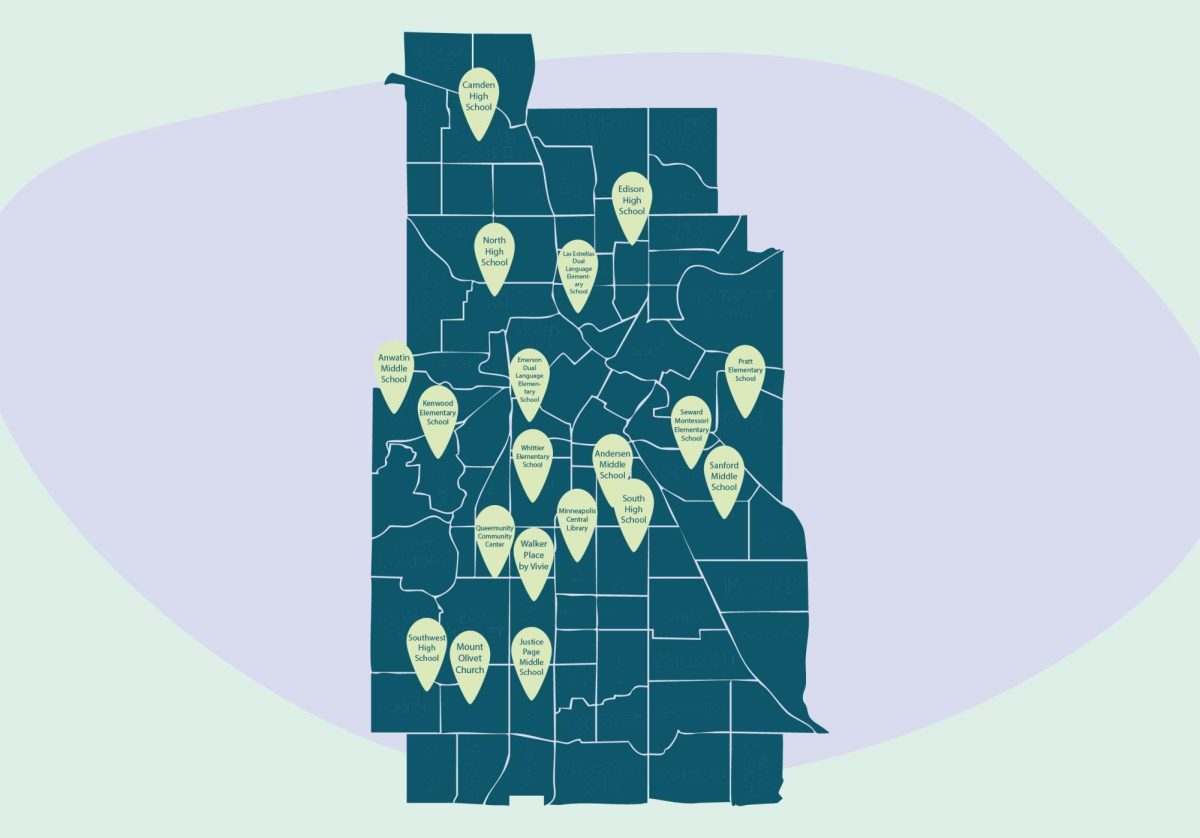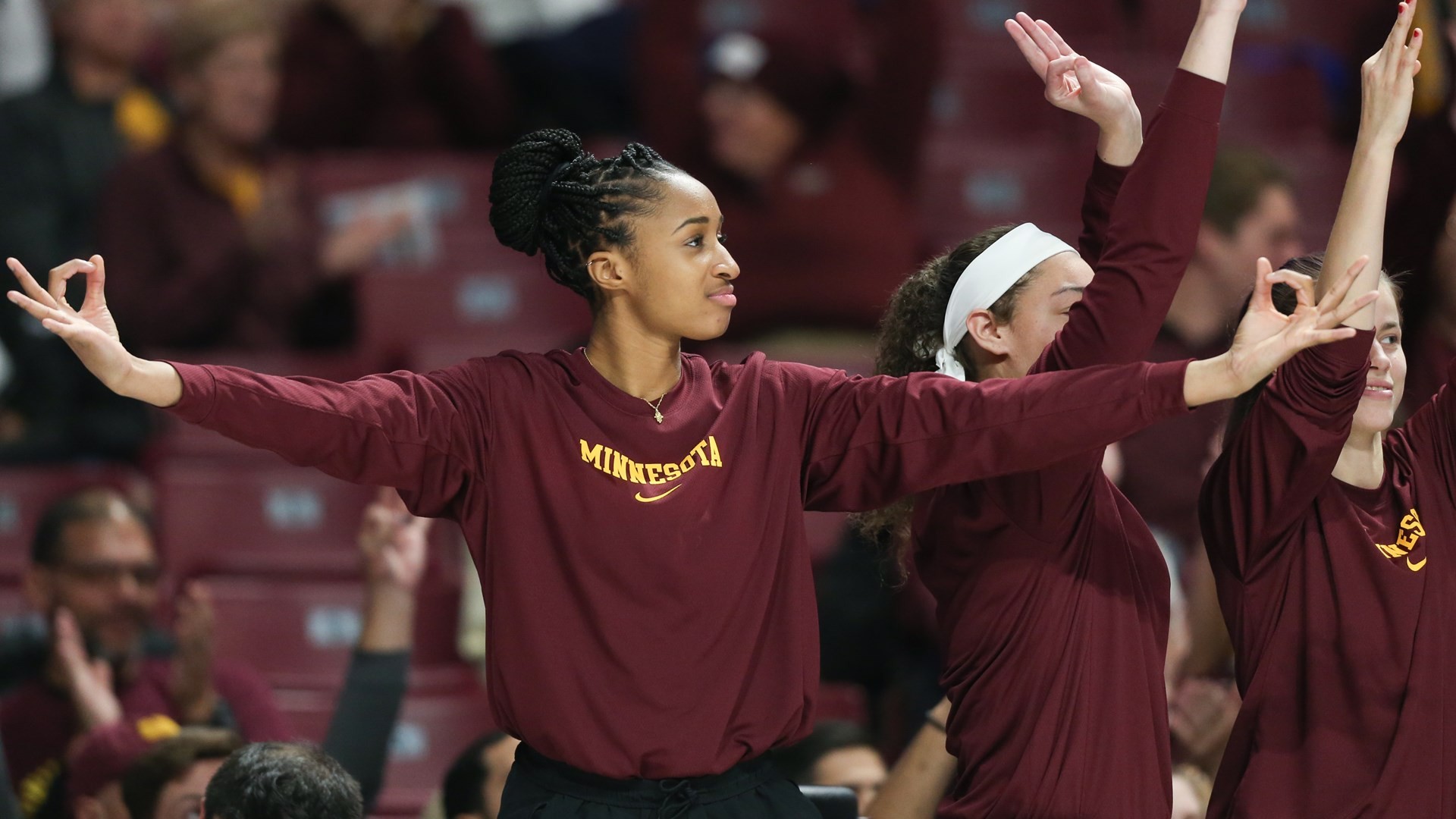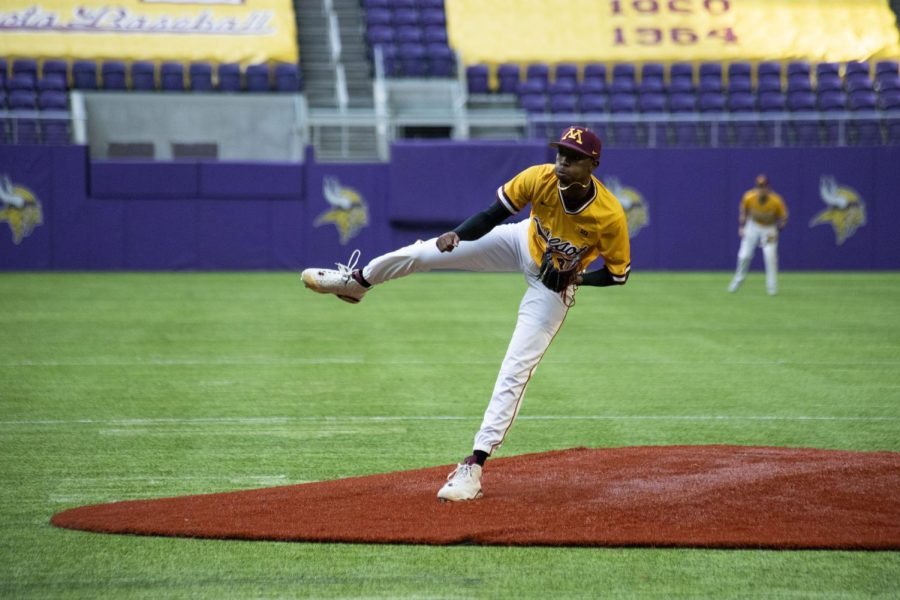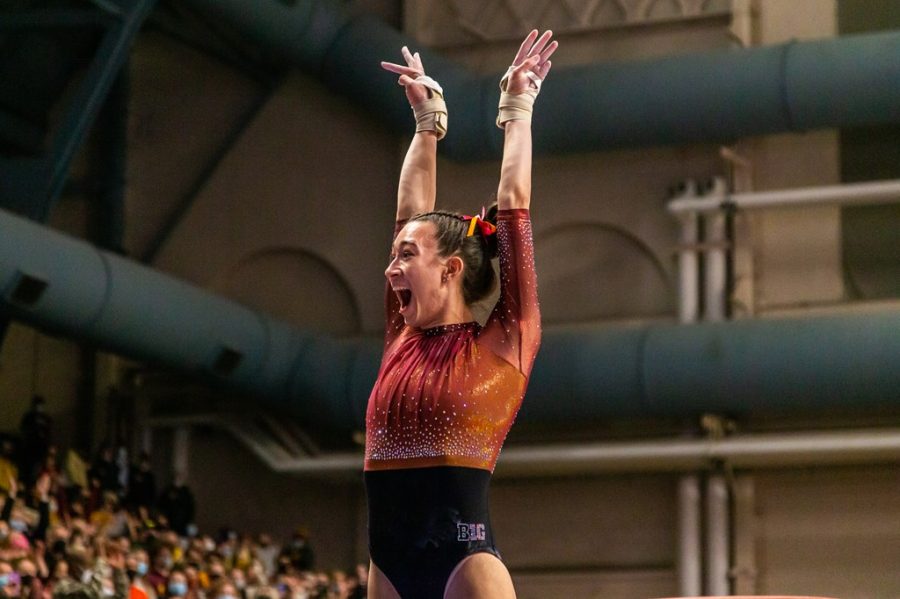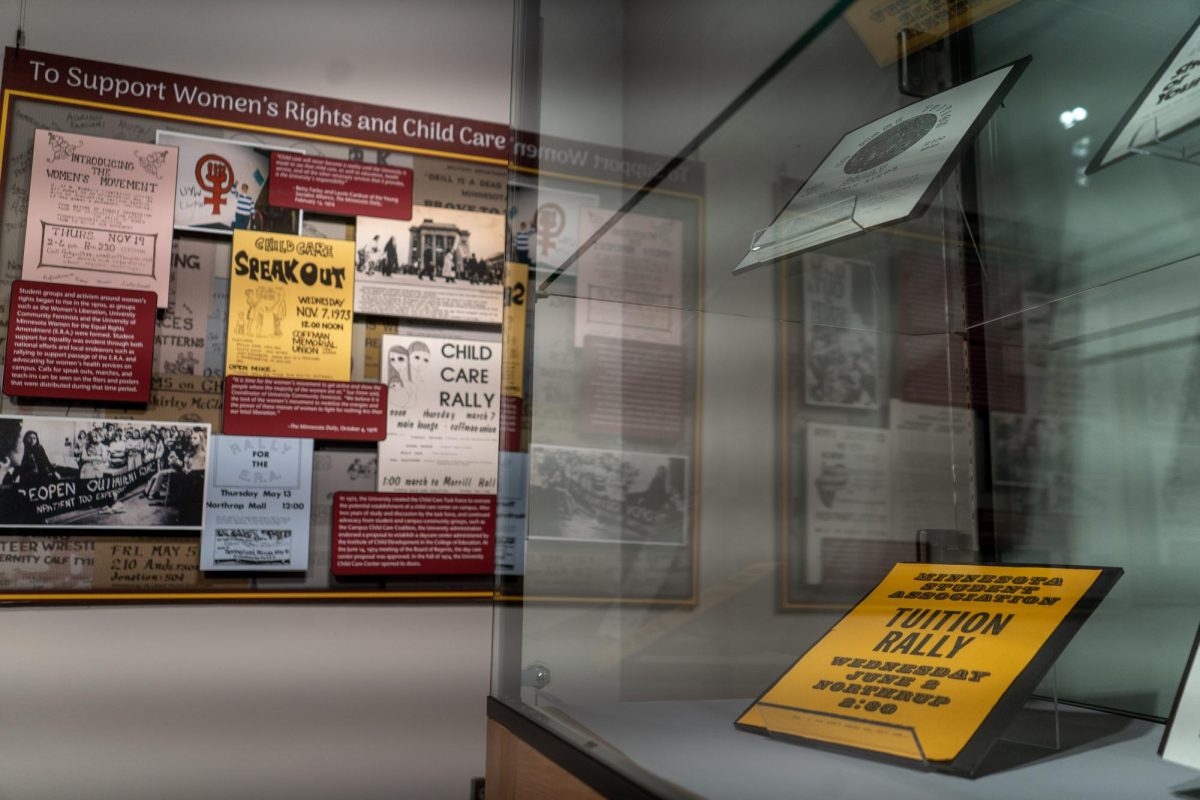This month marks 49 years of Pride celebrations in the Twin Cities, and what started as just 50 people marching to downtown Minneapolis is now a weekend-long event celebrated by hundreds of thousands of people.
Toni McNaron was the first openly lesbian faculty member at the University of Minnesota and taught in the English department from 1964 to 2001. During the early years of Pride, McNaron said she and other University community members would march down Hennepin Avenue but did not feel secure.
“I have had people throw things at me, scream things at me, call me names and all the rest of it,” McNaron said.
Back then, McNaron was working in the English department and was working to establish the Department of Women’s Studies, now called the Gender, Women and Sexuality Studies (GWSS) department
McNaron helped establish the GWSS department in 1973 — the same year she came out as a lesbian — and she remained the only openly lesbian woman at the University “for a while.”
Lisa Vecoli, former curator of the Jean-Nickolaus Tretter Collection, attended Pride events in Minneapolis during her time as a college student and said she remembers that it was a time she could be out and be herself.
“[After Pride events], I remember walking out of Loring Park across the bridge and realizing that I was leaving that cocoon of safety in the park. I also had to strip off my lesbian identity because I was not [openly a lesbian] at home at that point,” Vecoli said.
Now that she is publicly out as a lesbian, Vecoli said she takes that identity with her everywhere, adding that there is more acceptance today than 50 years ago because more people have come out and are now visible.
A more inclusive community
Joe Blake is a fourth-year student who has been attending Pride since the age of 15 — one year after he came out as gay.
Blake talked about the significance of the origin of the Pride movement: the Stonewall Uprising started by activists like Marsha P. Johnson, a Black transgender woman.
He said it is important that the LGBTQ community acknowledges the contributions that Black, Indigenous and People of Color (BIPOC) have made to the Pride movement.
“If we are going to take this time to celebrate who we are, we also have to acknowledge where it comes from,” Blake said.
In the early days of the GWSS department, the women active in the department were all white, middle class women and the Black history material was lacking, McNaron said.
Vecoli also acknowledged the underrepresentation of BIPOC, as well as transgender and bisexual people. During her six years at the library, she worked to diversify the material in the collection to feature more than just white, gay men.
“If we are going to be an archive that really serves the entire community, we have to represent the entire community,” Vecoli said.
The modern version of the Pride flag seeks to represent more communities. In addition to the six-striped rainbow, the flag now includes pink, white, blue, black and brown stripes to represent the experiences of marginalized people of color and transgender individuals.
“I hope that it is a reminder — especially with this new rendition of the Pride flag becoming a little bit more prevalent — I hope that it is a reminder for queer, [cisgender] white people to use their privilege to uplift their other community members,” Blake said.


